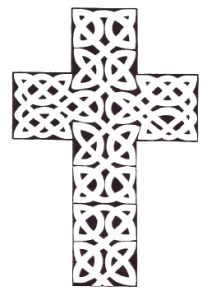The Life Experiences Influencing Eva Longoria Tattoos
There are six Eva Longoria tattoos that are found on this exceptionally striking and petite brunette bombshell. This American actress is primarily known for her role as Gabrielle Solis on Desperate Housewives as well as being married to NBA guard tony Parker. Some of Eva Longoria tattoos first started drawing attention in 2008 when she landed the number 14 spot in FHM’s 100 Sexiest Women poll.
Longoria’s original goals were to become a fashion model but due to her height, she decided to pursue acting. In 2000, she appeared on General Hospital and Beverly Hills 90210 which gave her enough recognition to be landed on the Young and the Restless. Today, Longoria and her tattoos have certainly became a popular household name. In fact, it was just announced in October 2010 that she will host the 2010 MTV Europe Awards in Madrid, Spain.
Eva Longoria Tattoos
Star – The first of the Eva Longoria tattoos is the tiny star that she wears on the inside of her left wrist. It has not been made clear the meaning behind this piece.
Celtic Cross – One of the most photographed Eva Longoria tattoos due to her stunning drop back dresses she is always wearing on the red carpet is her Celtic cross on her lower back. It is small and simple and considering she grew up Roman Catholic, it is easy to see where her inspiration was found.
Flower – Longoria wears a very small flower on her lower back off to the right side of her cross. It appears to be a tiny rose although the only pictures that can catch a glimpse are paparazzi photos from a distance.
Roman Numerals – In 2008, photos emerged of a new addition to the collection of Eva Longoria tattoos. On the inside of her right wrist are the Roman numerals of July 7, 2007 which happens to be her wedding date.
NINE – Longoria’s newest piece is the word NINE on her upper back, just below her neck. It is a tribute to husband Tony Parker. The number nine is what he wears on his San Antonio Spurs jersey.
TP – The last of the Eva Longoria tattoos are the letters TP to stand for Tony Parker. Although no one has seen this tattoo, Longoria offers the information that it is tucked away nicely somewhere intimate where only Tony can see. Interesting TP is the name of Parker’s music album as he is also a musical artist in his spare time.

 Historically, religious tattoos were some of the first ones ever created. Even mummies that have been revealed from thousands of years ago with tattoos raise the question of if they were worn as a tribal symbol or as part of their religion.
Historically, religious tattoos were some of the first ones ever created. Even mummies that have been revealed from thousands of years ago with tattoos raise the question of if they were worn as a tribal symbol or as part of their religion.